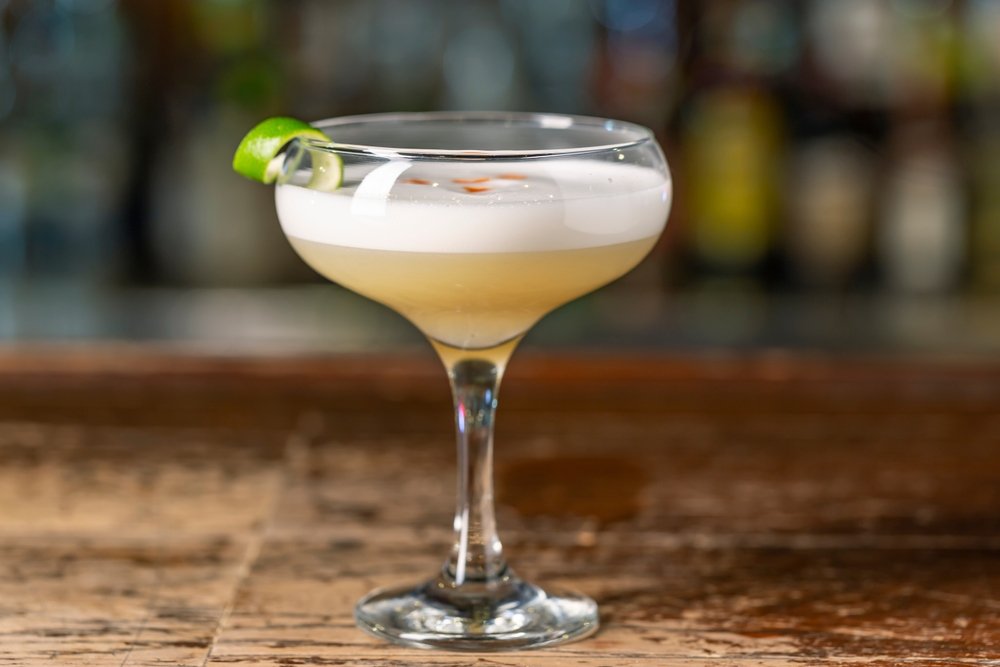
While Pisco has a long history in Peru, the Pisco Sour’s story begins in the early 20th century. By this time, Lima was a bustling cosmopolitan city, a cultural crossroads where locals mingled with British engineers, American expatriates, and travelers from around the globe. It was against this backdrop that Victor Vaughen Morris, an American bartender living in Lima, opened Morris’ Bar.
Morris began experimenting with Pisco, mixing it with sweeteners and citrus to create a zesty, refreshing drink that would appeal to his international clientele. The earliest versions of the Pisco Sour were simpler than the cocktail we know today. Eventually, as tastes evolved, bartenders added egg white to achieve the silky foam that now defines the drink, and a few drops of Angostura bitters on top contributed aromatic complexity. By the 1920s and 1930s, this refined version of the Pisco Sour had become Lima’s signature cocktail.
Since then, the Pisco Sour’s popularity has soared, traveling far beyond Peru’s borders. Yet, no matter how widespread it becomes, Peruvians hold tight to the notion that the most authentic Pisco Sour can only be truly appreciated at home, where Pisco and limes are fresh, the technique is well-honed, and the national sentiment surrounding the drink is palpable.
National Pride in a Glass: The Pisco Sour as Symbol
Peru has officially recognized the importance of the Pisco Sour by dedicating a special day to it. The first Saturday of February is celebrated as “Día del Pisco Sour”—a festival of national pride and culinary delight. On this day, bars and restaurants across the country host tastings, offer discounts, and craft inventive variations on the classic. It’s a time when the country collectively raises a toast to its heritage, reminding the world that this drink is more than a blend of spirits and mixers. It’s a piece of cultural heritage in liquid form.
For Peruvians, the Pisco Sour encapsulates the resilience, ingenuity, and diversity of their cuisine. It’s a conversation between the land and the people, a story told through grapes that have adapted to the Peruvian climate, limes grown in fertile valleys, and a cocktail crafted with both artistry and soul. It represents how Peru embraces tradition while also welcoming new influences, allowing its cuisine—and its cocktails—to continually evolve
The Essential Elements: Balancing Flavor and Texture







